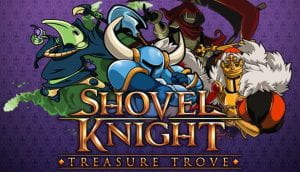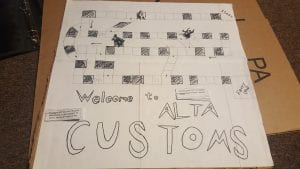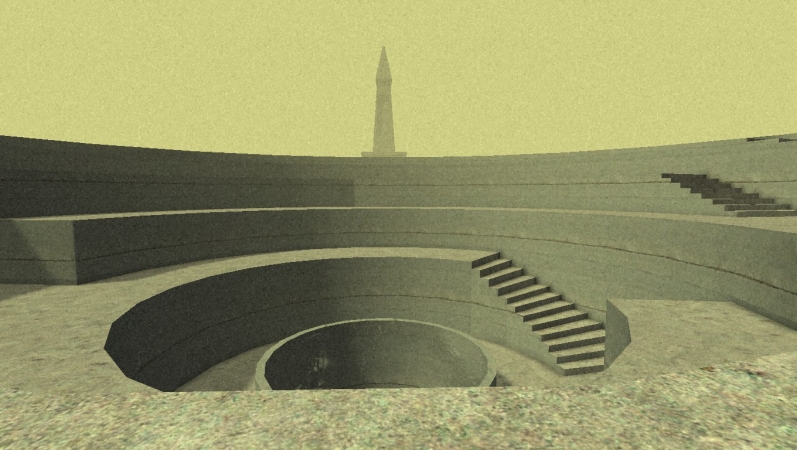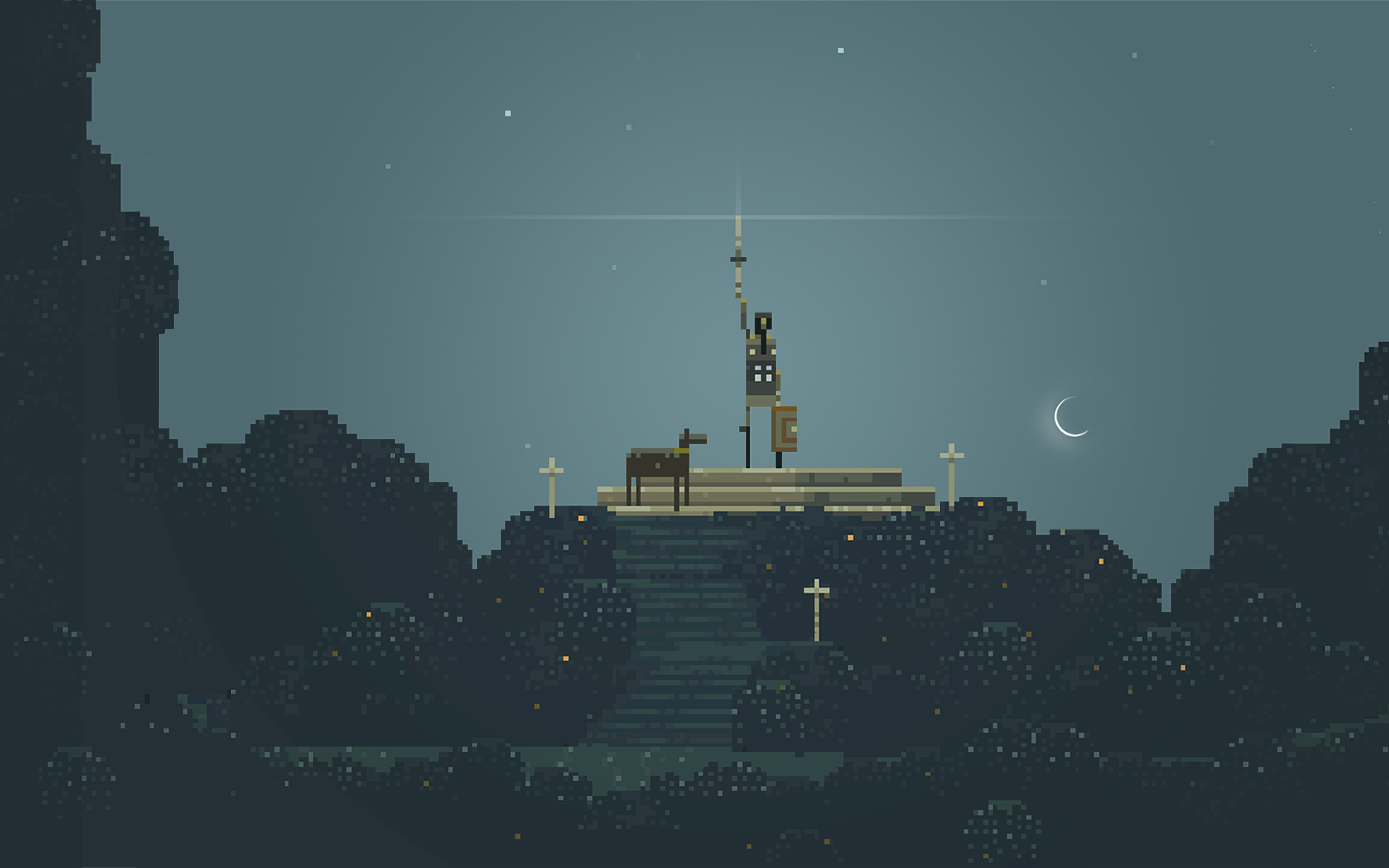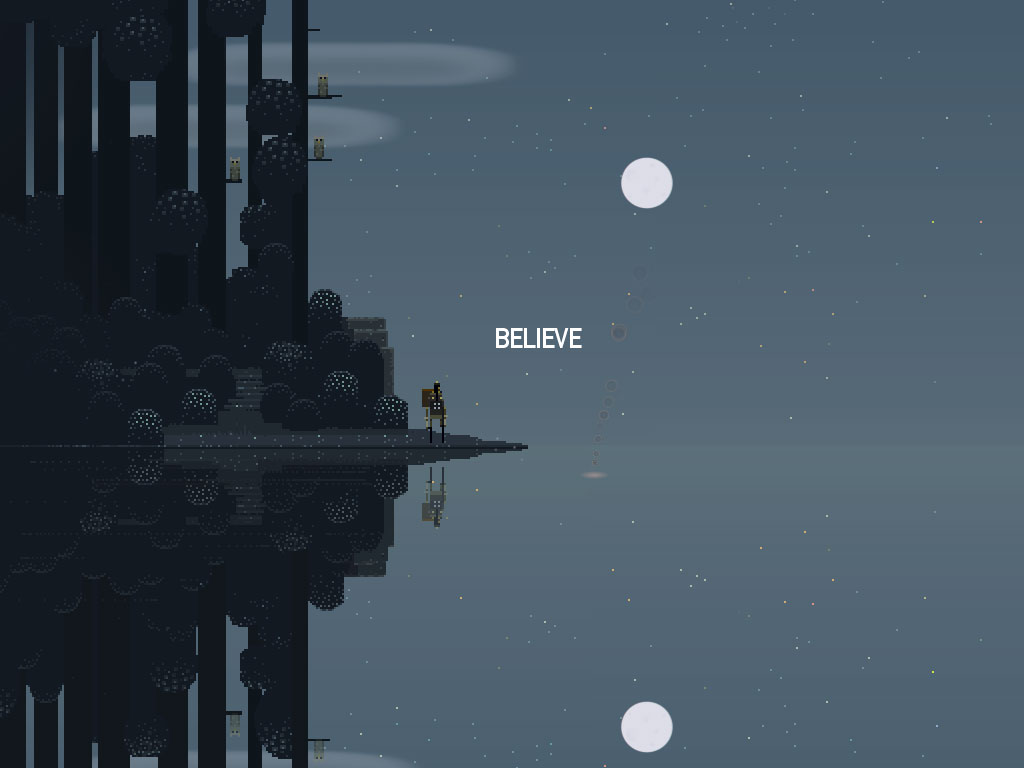“We Are OFK” invites players into the vibrant world of a group of queer friends navigating the tumultuous waters of L.A.’s music scene. Seamlessly blending elements of an interactive music video with a deeply immersive narrative, this game offers a raw and heartfelt exploration of the creative process, all wrapped up in visually stunning pastel aesthetics.
At its core are four central characters: Carter Flores, Itsumi Saito, Jey Zhang, and Luca Le Fae. Each member of this tight-knit, group of friends grapples with their own fears and uncertainties as they strive to carve out their place in the music industry. Against the backdrop of Los Angeles, their journey unfolds with moments of both triumph and vulnerability, offering players a chance to delve into themes of love, friendship, and personal growth.
One of the game’s most striking features is its choice-based dialogue system, which empowers players to shape the narrative according to their decisions. This adds layers of depth to the storytelling, allowing for a truly immersive experience where players can connect with the characters on a deeply personal level.
But perhaps the game’s crowning achievement is its interactive music videos. Here, players take control of the characters, immersing themselves in the game’s captivating visuals and infectious songs while completing various tasks. The seamless integration of music, gameplay, and narrative creates an experience that resonates long after the game is over, drawing players into a world where the boundaries between reality and fiction blur. As a huge music fan myself who is always looking for new ways to immerse myself into music, this game was mind-blowing with its audio and visual experience. Even just by the end of just the first two episodes, I found myself very emotional and rather invested in the narrative development to come.
Despite its many strengths, some players may find fault in the lack of facial expressiveness in the character models. However, the characters’ body language, dialogue, and vocal performances more than compensate for this, imbuing each character with a sense of authenticity and depth.
At its heart, “We Are OFK” is a celebration of creativity, friendship, and the power of vulnerability. Through the characters’ journey of self-discovery, players are reminded that it’s okay to lean on others for support and that true strength lies in embracing one’s true self. As the characters confront their fears and insecurities head-on, they discover that the pursuit of their dreams is worth the challenges they face along the way.
In conclusion, “We Are OFK” is a captivating and emotionally resonant experience that offers players a chance to immerse themselves in a world of music, friendship, and self-discovery. With its compelling narrative, engaging gameplay, and stunning visuals, this game is sure to leave a lasting impression on anyone who ventures into its world.

